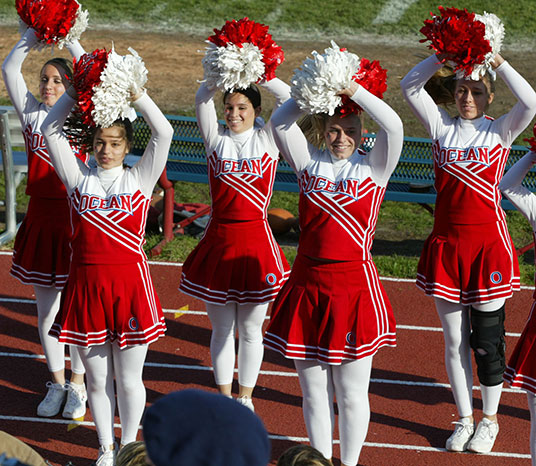By Kayla J. Marsh
Staff Writer
A new exhibit at the Township of Ocean Historical Museum is putting a unique spin about the Civil War by exploring the impact it had on New Jersey and Monmouth County.
“Local Stories of the Civil War” delves into the state’s ambiguous loyalties before, after and throughout the war and highlights the stories of prominent and lesser-known men and women whose lives were changed forever the day that the war was declared.
The new exhibit will open March 6 from 1 to 4 p.m. in the Our Town Gallery at the Eden Woolley House at 703 Deal Road in Ocean. The exhibit will remain open until the end of August.
Hours for the Township of Ocean Historical Museum at the Eden Woolley House are Tuesday through Thursday 1 to 4 p.m. and from 1 to 4 p.m. the first and second Sundays of the month.
“The Civil War is always a subject of fascination to people,” said Peggy Dellinger, museum exhibit chair. “So much is written and known about the war and there are so many exhibits … that we wanted to focus on stuff that isn’t necessarily known and that you don’t learn in school.”
According to Dellinger, with the Civil War being the subject of hundreds of thousands of books, movies and television documentaries, the question posed while creating the exhibit was what the local history museum could possibly add to the story.
The answer was local history.
“In school you always learn about Lincoln, the succession of the states, the battles that were fought, but you don’t learn so much about the complexity and emotion and toll it played on families,” Dellinger said.
“The state of New Jersey has some interesting and complex history regarding the war between the North and South.”
According to Dellinger, Newark, Trenton, Camden and Paterson were preeminent industrial centers whose manufactured products were sold in the South.
There were many in the state, however, who opposed the war and called for negotiated peace. Meanwhile businesses ended up being threatened due to the war.
“There were people throughout the state who didn’t want to support the Union in the war and what we are trying to do is share some of the painful and ambiguous history New Jersey has,” Dellinger said.
“We found a 1861 document where prominent figures had met in Middletown and were calling for peaceful solution to the war and pro-war individuals kind of took it over and it turned it into a rally, which just goes to show how conflicted the state and county was.”
She said New Jersey’s conflicted loyalties were also expressed in polling places.
“New Jersey was the only northern state where Lincoln did not win in both the 1860 and 1864 Presidential elections, which shows how the state was divided then about Lincoln and the war,” she said.
Even attitudes toward slavery were divided, according to Dellinger.
“Although we had a large population of Quakers in south Jersey who were active abolitionists and even some of the major routes in the Underground Railroad ran through the state, New Jersey was the last northern state to abolish slavery,” she said.
“Our 1804 legislation called for a gradual phase-out.”
According to Dellinger, the New Jersey legislature voted against the Thirteenth Amendment when it was first introduced and the vote was not reversed until enough states had ratified the amendment to ensure its passage and the last 16 indentured servants in state weren’t freed until then.
Despite the state’s divide on the war, Dellinger said men and women responded valiantly to the call to arms.
More than 88,000 New Jersey men, many of whom were volunteers, fought for the Union and more than 6,200 died.
“Lives were changed forever by the war,” she said. “Men left behind businesses and families, the women ran things in their absence … and we share those stories of real people.”
“Every place has a story and my challenge is to make that story interesting enough and find and tell the story in a way that is interesting regardless of where you live,” Dellinger said. “The idea is to create a narrative and tease out all these interesting facts and stories that are little know but of human interest, and loop them together in a way that tells story of the state and county’s time during the war.”

